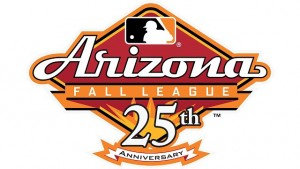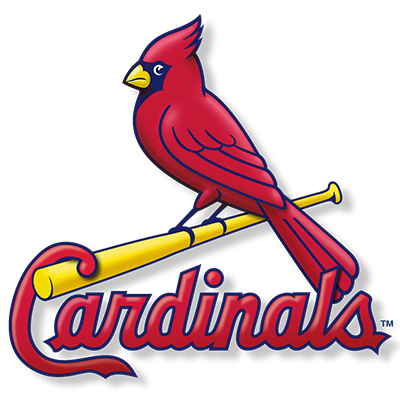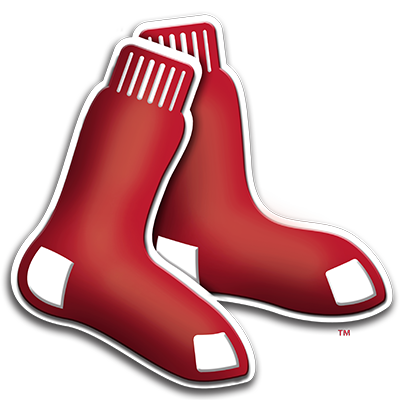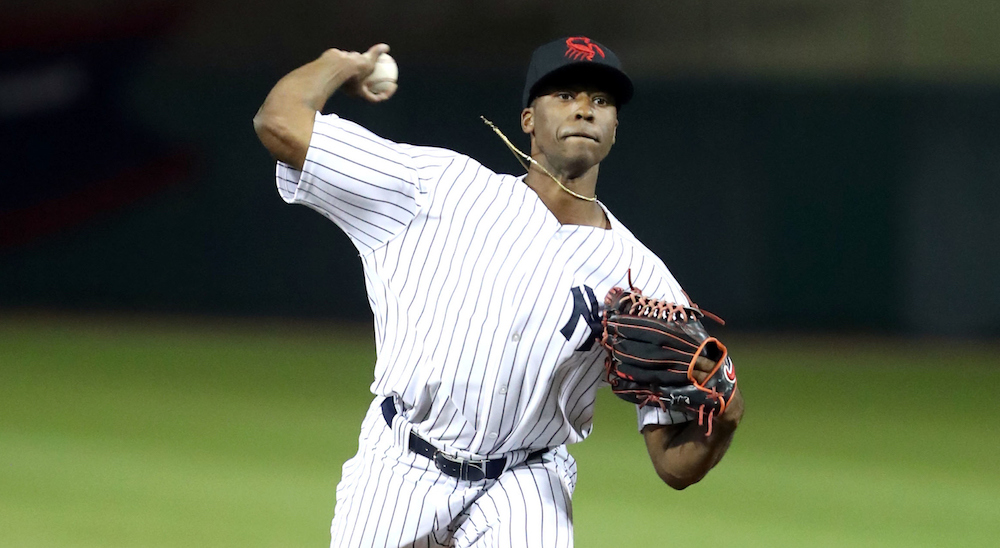Feature Photo: Dillon Tate, RHP, Yankees
This week, Dave DeFreitas and Mark Shreve take a look at right-handers Victor Alcantera (Tigers) and Dillon Tate (Yankees), along with left-handers Ryan Sherriff (Cardinals) and Trey Ball (Red Sox), all of whom were recently named to Saturday’s AFL Fall Stars Game. Alec Dopp has also added thirty new prospect videos into our rapidly-expanding Prospect Video Library.

2080 Prospect Spotlights – Arizona Fall League
 Dillon Tate, RHP, Yankees (Scottsdale Scorpions, Arizona Fall League)
Dillon Tate, RHP, Yankees (Scottsdale Scorpions, Arizona Fall League)
Ht/Wt: 6’2”/165 B/T: R/R Age: 22 yrs 6m
When Texas selected Tate out of UC-Santa Barbara, they no doubt envisioned him as a mid- to top-of-the-rotation arm, with power stuff and a chance for at least two plus pitches. However, Tate now finds himself with the Yankees on what had be considered a “buy low” move after he underwhelmed in his first few months as a pro. Tate not only failed to find any sort of command in the zone with his fastball, and lacked consistency with his off speed pitches, but on top of that saw his velocity fall well off of his college readings of 95-to-98 mph (reportedly down to 92-to-94 mph in his first full pro season). In 2016 Tate walked 3.6 hitters per 9 across 82.1 IP – not a horrible number in and of itself, but when combined with only 7.7 K’s/9 and 10.8 H/9 that’s a lot of base runners to have to deal with, and provided this was at all at the Class A level, it doesn’t bode well for a guy who will play much of 2017 as a 23-year-old.
Tate strikes me as a very good athlete who has a delivery that requires a specific rhythm and coordination for him to consistently locate his pitches. Much like Trevor Bauer (RHP, Indians), Tate is very quick with all of his actions and tends to rush towards the plate. This in turn impacts his release point and ultimately his ability to spot the fastball where he wants to. He has a lighting quick arm and is capable of generating excellent late life. Nothing he throws is straight, and when he stays down in the zone can be very hard to square up. The problem is that he tends to miss up in the zone a lot with the fastball. When it’s up in the zone it flattens out, and because he is inconsistent with his secondary stuff, he becomes quite hittable. I can’t say for sure what caused the reported dip in stuff this past season, however based on the life and velocity I have seen this fall it seems like it was more mental than anything else, as he’s been back to 94-to-97 mph in my looks. He likely backed off a bit during the regular season in an attempt to locate better – something that probably threw a wrench into his regular rhythm and timing. When that happens, it can take some time to get everything back in line, and get that explosiveness to return.
While some may already be saying that Tate is a bullpen arm, the ingredients are there for him to have three above-average to plus pitches (70 FB, 60 Sld, 55 Chg)—and if he can get to even 40-grade command with the fastball, he has a chance to be a solid #4 starter. – Dave DeFreitas
 Victor Alcantara, RHP, Tigers (Scottsdale Scorpions, Arizona Fall League)
Victor Alcantara, RHP, Tigers (Scottsdale Scorpions, Arizona Fall League)
Ht/Wt: 6’2”/190 B/T: R/R Age: 23 yrs 7 m
With Alcantara being moved from the Angels to the Tigers on Thursday for outfielder Cameron Maybin, it begs the question of what Detroit sees in this young righty and how he could contribute to the big league club going forward. Alcantara has exhibited the control issues one might expect when they see his efforty, high maintenance mechanics. Over the last four seasons respectively, he has walked 5.3, 4.3, 3.8 and 4.6-per-9 while also averaging 9.2 H/9 over that same period. Not great numbers overall, and to make matters worse his swing-and-miss rate took a significant dive in 2016 to 6.4 Ks/9 from 8.3 Ks/9 in 2015. There have been reports that he sits in the upper 90s with the fastball, however in two looks this fall he was 90-to-94.
That all said, there are things to like here, especially if he stays in the bullpen. First off, he has big effort in the arm action, and the delivery hides the ball a bit, which plays up the already above-average movement he gets on the fastball. While his command is below average, his misses tend to be down and he seems to make a concerted effort to show the hitter the top half of the ball—so he keeps the ball on the ground. His 1.60, 1.76, 1.50 and 1.63 ground-ball rates each of the last four years shows that. Secondly, he has a plus slider with tight rotation at 87-to-90 mph that is inconsistent right now, but should make for some uncomfortable at-bats and generate some chase in shorter stints. The arm action/effort also adds some deception to the circle changeup, giving him a weapon vs. lefties. All in all, Detroit got some value in return here. He profiles as a Role 40 middle reliever for me, comparable to former Tigers (and Angels) RHRP Al Alburquerque. – Dave DeFreitas
 Ryan Sherriff, LHP, Cardinals (Glendale Desert Dogs, Arizona Fall League)
Ryan Sherriff, LHP, Cardinals (Glendale Desert Dogs, Arizona Fall League)
Ht/Wt: 6’1/185 B/T: L/L Age: 26 years, 5m
Sherriff came to the Fall league after a full season at Triple-A Memphis, where his first-half performance as a middle reliever for the Red Birds earned him an All-Star berth, but trouble getting right-handed hitters out led to some inflated second-half numbers.
A 28th-rounder from 2011, Sherriff has an up-tempo delivery and quick arm, with some high-effort mechanics that include a drop-and-drive push off the mound. His low-3/4s arm slot helps to hide the ball and adds some deception to his stuff.
His fastball is above average at 91-to-94 mph, showing some consistent sink in the lower band. He will also get some run to the armside at times to vary the look in the upper velo range. In this October 14 viewing, the command to the arm-side was inconsistent, and he was leaving some offerings in the middle of the zone for contact.
His slider is in the 81-to-84 mph range, showing average depth and sharp bite. It played up a tick to average overall because of the release point and angle of the delivery. It was effective to hitters on both sides of the plate and did generate some swing and miss at times, and he shows some ability to add and subtract with it, however, consistency with it has been a trouble spot for him.
He’s acclimated well to the relief role with the Cards, and the sink on the fastball combined with the low release point are keeping the ball on the ground when he gives up contact. In 2016 at Triple-A Memphis, he generated a GO/AO ratio of 2.35 and was a particularly tough look for lefties, who hit just .172 off of him in 26 innings. His effectiveness against righties was suspect, with a .303 BAA and 4.20 ERA over 40.2 IP on the year.
But with some deception in the delivery and two average-or-better pitches, there could be enough in his profile to get a test with St. Louis as a situational lefty specialist next year. Since he’s not on the 40-man roster currently, he’ll be eligible for next month’s Rule 5 Draft. Should the Cardinals decide the 26-year-old reliever doesn’t fit into their big league plans for 2017 and leave him unprotected, expect other clubs to come sniffing around. – Mark Shreve
 Trey Ball, LHP, Red Sox (Surprise Saguaros, Arizona Fall League)
Trey Ball, LHP, Red Sox (Surprise Saguaros, Arizona Fall League)
Ht/Wt: 6’6/ 185 B/T: L/L Age: 22 yrs, 4m
Drafted out of high school by the Sox with the seventh-overall pick in the 2013 draft, Ball hasn’t yet shown the potential the Sox have been hoping for in his early pro career, with big-time control issues, and a pitch-to-contact profile leading to some balky numbers in his third full season of work. Both his H/9 and BB/9 numbers increased this year, to 9.3 H and 5.2 BB-per 9 vs. 9.0/4.2 in 2015 (both at High A Salem), and its led to a BAA of .271 and a WHIP of 1.61 over his 23 starts and 117.1 IP this year.
While his two-way athleticism may have been enticing out of high school, and his 6’6” frame still shows plenty of room for added strength, his time in the Fall league has shown a down-tick in performance, which makes his AFL All-Star selection an intriguing one.
In my viewing October 15, Ball showed smooth mechanics, and a loose arm action through a high 3/4’s slot, creating good downhill plane. His fastball sat 91-to-93 mph with some mild cut action to it. His slider was 83-to-85 mph, though he struggled to execute the offering with any consistency. While he can generate some chase with it, showing average depth and some sweep, it also has a tendency back up on him. Ball also mixed in two curveballs at 75 mph that showed gradual break, but he does get some finish, and it does play up some due to the angle he gets.
He struggled with his control, falling behind in the count to four of his six batters faced, and with poor command of the fastball when he needed a strike, he was subject to hard contact, an issue that seems bourn out in his regular-season numbers. His changeup was not used in this viewing, and there’s a chance it was because he is under instructions to focus his AFL innings on consistent mechanics and fastball command, and the focus of this appearance was working on those areas, regardless of results.
His struggles continued in subsequent AFL appearances, including an outing on 10/22 where he did not retire a batter and yielded five consecutive walks before being lifted, throwing just 11 strikes in 31 pitches. For the abbreviated season, he’s thrown 7.2 innings and given up 5H, 6ER, 10BB and 6 Ks.
With 353 pro innings under his belt, Ball’s test against more advanced AFL bats is not showing results that the Sox likely hoped for at this stage of his development, nor can it be building his confidence. He’s still 22 years old, and the Sox will probably show another year of patience to see if Ball can add some strength, improve the repetition of his mechanics, and fine-tune his secondaries. But the focus should be on his fastball command and his overall control profile, which he’ll need to improve markedly if he’s to continue advancing. His secondary stuff is good enough to be effective, but the slider and curveball are not true swing-and-miss offerings, and the effectiveness of those two pitches (along with the changeup when he works it in) will rely heavily on his ability to get ahead in the count. Until that happens, more advanced hitters will be comfortable waiting him out for walks, or jumping on the fastball when he needs a strike. – Mark Shreve


